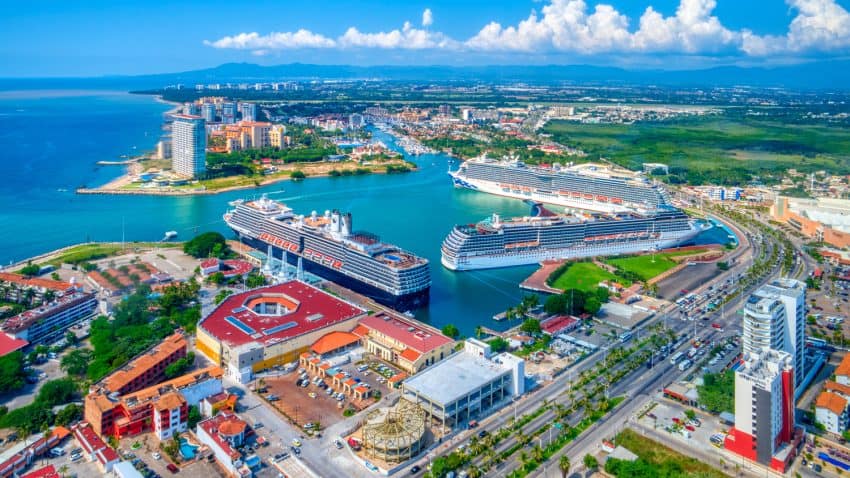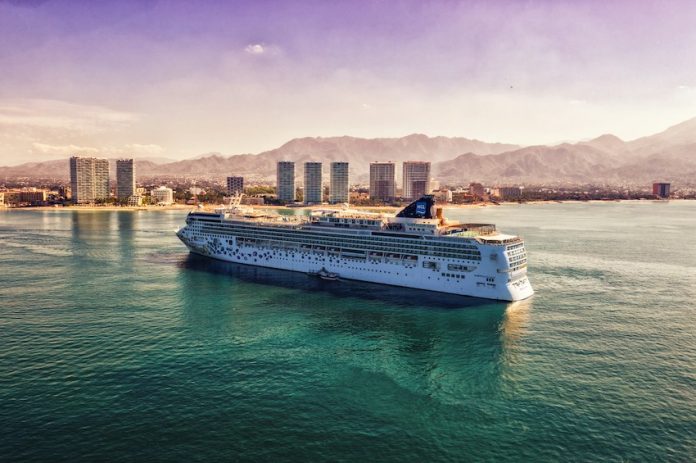The number of cruise passengers visiting the Pacific resort of Puerto Vallarta has increased by 50% between the January to October period compared to last year, according to data from the Puerto Vallarta National Port System Administration.
In the first 10 months of the year, 456,435 cruise passengers arrived at the Jalisco resort, aboard 142 international cruise ships, compared to 305,106 arrivals during the same period of 2022.

“The increase in the arrival of tourists to Puerto Vallarta on cruise ships is a clear indication of the positioning that our beach destination has at an international level,” said Vanessa Pérez Lamas, Jalisco’s Tourism Minister.
“This drives us to maintain our efforts to improve our tourism offer and infrastructure with the aim of attracting a greater number of visitors and generating a positive economic impact for the sector and for Jalisco.”
Tourism Ministry figures show that 9% of visitors to Puerto Vallarta arrive on cruise ships. Each spends an average of US $80.64 in the town, according to the National Institute of Statistics and Geography – a 6.8% increase from the $75.51 they spent during the same period last year.
Although the latest figures show that Puerto Vallarta’s popularity as a cruise destination continues to grow, they also suggest that the post-pandemic recovery of cruise passenger numbers is beginning to level out. In the first quarter of this year, Puerto Vallarta registered cruise passenger arrivals double those during the same period of 2022.

Puerto Vallarta is a major port on the Mexican Riviera route, which extends down the Pacific coast from Los Angeles, Long Beach and San Diego, California, through Mexican ports including Cabo San Lucas and Mazatlán.
Although Caribbean ports such as Cozumel and Mahahual attract most of Mexico’s cruise tourism, the number of cruise visitors to Pacific ports like Puerto Vallarta has been growing at a faster rate. Official figures show that during the first half of the year, cruise passengers were up 89.4% year-on-year on the Mexican Pacific coast, compared to 65.3% in the Caribbean.
With reports from El Informador
